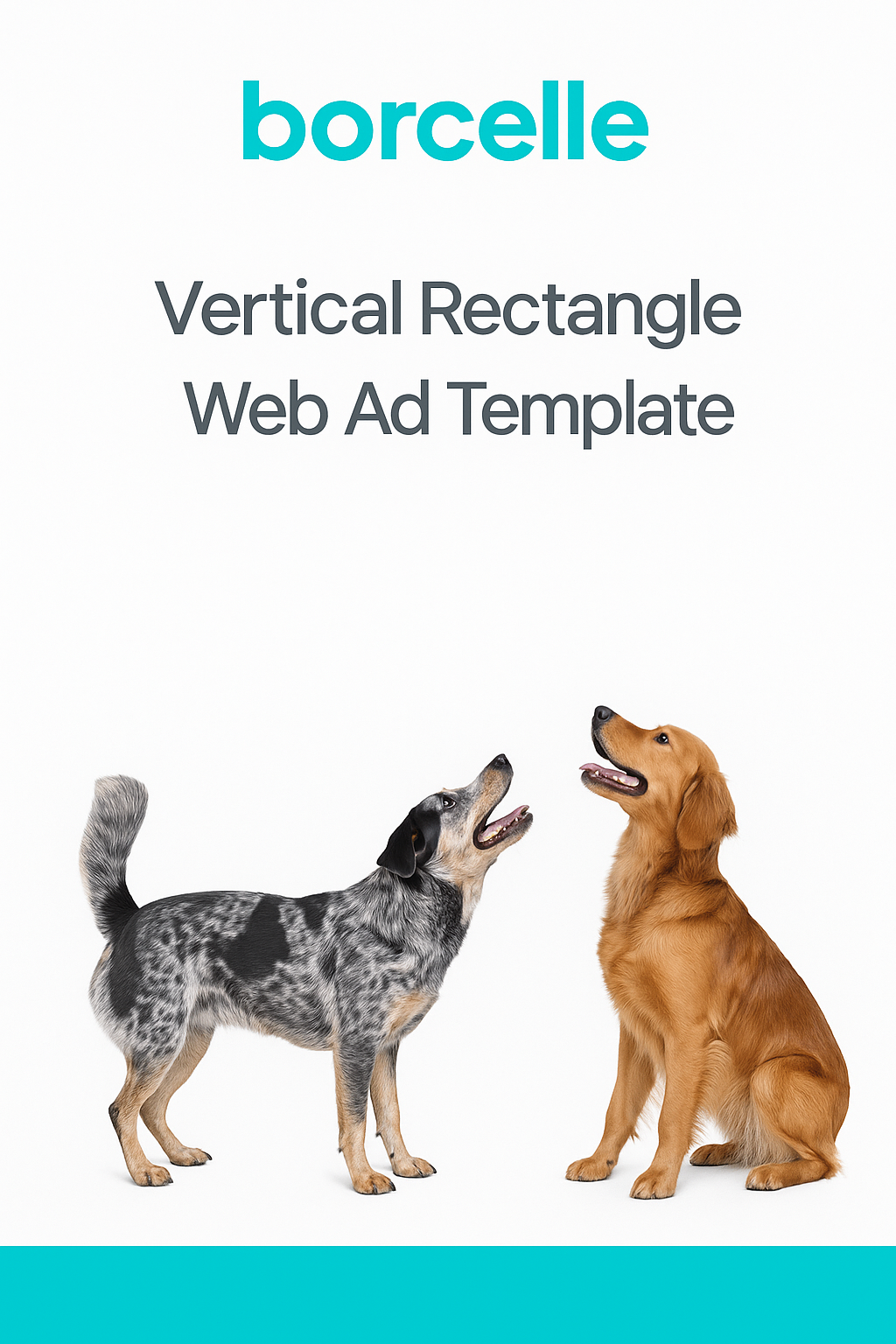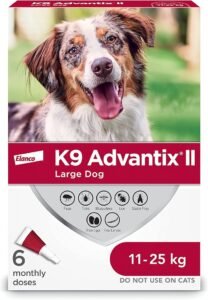The first cat I rescued was a 16-year-old Abyssinian who I named Mr. Peepers. I met him in my exam room two years after I graduated from veterinary school. His owner didn’t want him anymore and requested he be euthanized despite the fact that he didn’t have any severe medical conditions; other than being old and in poor body condition. I decided to take him home and although my work was cut out for me, I wanted to restore him to optimal health and keep him that way. Thanks to my efforts, I saw him live to 22 years old. This success taught me how important it is to maintain an optimal health plan for our pets. Paying attention to routine check-ups and preventive care keeps our pets happy and healthy all the years we have them.
Here are five key elements of any good routine care plan for pets:
1. Vaccination. It’s not sexy, but it’s essential!
I’m frequently asked why dog and cat vaccinations are required so often, especially when we don’t need it for ourselves. There also seems to be a growing concern, especially online, that vaccination may be unnatural and unnecessary. The truth is that vaccination is a historically-proven means of preventing disease in all species. A vaccine is given to reduce a pet’s risk of contracting a disease that it could be exposed to. If your pet has a routine that includes exposure to parks, other animals, wildlife, or lakes, then the risk increases. It’s important to remember that animals are much more intimate with their environment than we are: they put their nose on the ground, eat things they shouldn’t, roll in the dirt, lick themselves and often other animals. If we did these things, we would vaccinate ourselves more thoroughly, too! An optimal health plan requires a discussion with your vet about routine vaccination to prevent illnesses and which vaccines are right for you and your pet.
2. Diet. An absolute fundamental that no one can agree on.
There are so many types of diets and an endless number of pet food companies that it’s hard to know where to start. Raw vs. cooked, canned vs. dry, homemade vs. manufactured, hypoallergenic, holistic, all-natural, gluten-free… There are a lot of choices, it’s extremely important which one you make, and not all veterinarians will agree with each other’s opinions. The diet I selected for Mr. Peepers got him back to an ideal body weight, returned his energy, and brightened his coat to a beautiful shine all within a few short weeks. Here are my suggestions that may start to guide you through proper diet choices.
I tell all my clients that any diet you choose will always be a trial. Get the most expensive, all-natural grain-free diet and I guarantee that some pet out there will get diarrhea after eating it. You need to select a diet with input from your vet and then see what happens. A good food should make a pet have firm bowel movements, a shiny coat, they should eat it well, not vomit, not scratch themselves, and maintain an optimal body weight.
Choose a diet that addresses an existing or potential medical condition. If you think your pet is completely healthy, then pick a food that prevents a common condition that may develop in your pet’s future. For instance, small breed dogs are prone to significant dental issues and should be fed a diet to prevent tartar. Large breed dogs are prone to becoming overweight and developing arthritis so they should be fed dog food with glucosamine and chondroitin that is calorie controlled. Indoor cats can become overweight due to low activity and are also prone to forming urinary crystals so their ideal diet would be calorie-controlled and should also lightly acidify the urine to prevent crystal formation.
Buy a food that is proven. There are many pet food companies that do not perform a trial of their food on animals before it goes on the shelf. Take the time to call the company and ask questions regarding their products, such as how they test them or how they source their ingredients. The best diets are ‘balanced for life stage’, meaning they are created to address the needs of your pet’s age—and keep in mind that even if a bag says ‘adult’, it may still have a calorie content more suited to a growing young animal and could make your adult pet overweight. The marketing on the bag may not match what’s inside. You’ll have to do the research yourself with help from your veterinarian.
3. Teeth. An ounce of prevention is worth a pound of cure!
This is an issue that will affect every pet but it is vastly overlooked. I credit good oral care as one of the reasons that Mr. Peepers made it to the ripe old age of 22. It’s such a fundamental part of good healthcare, but most people I see in my exam room have little understanding of how devastating it can be to their pet’s health. Chronic dental disease acts as a perpetual infection in your pet that its body has to continually battle, leading to physiological stress and at worst, spreading infection to vital organs. This may sound farfetched, but I’ve certainly seen mysterious infections in otherwise healthy animals, with the only culprit being infected gums.
Just imagine what would happen if you or I didn’t brush our teeth for 10 years…every tooth would be rotting out of our mouths and unfortunately in many senior pets, this is what happens. I sometimes wonder how animals are able to tolerate such oral discomfort. I performed dentistry on Mr. Peepers once a year, which is not something I expect out of everyone, but I believe it had a tremendous positive impact.
Good dental care for cats and dogs is all about prevention. Paying a little bit of attention to this issue can avoid extremely expensive medical intervention in the future and can significantly add to daily comfort and longevity of your pet.
Brushing your pet’s teeth with enzymatic toothpaste is the best you can do, although this sounds impossible to some owners. I prefer to have owners do a quick and easy cleaning, sometimes without a brush, but do it often and consistently which is a much more realistic task for people. Introduce brushing slowly and build up to the point where you can perform it thoroughly. Have one of the registered veterinary technicians at your local veterinary clinic show you how it’s done.
There are a few great diets on the market that can scrape the teeth of tartar or create an antibacterial effect in the mouth while still providing nutritious, balanced food. I don’t often recommend the other common items such as treats, chews, and solutions you add to the water. They may be supportive in the control of tartar and reducing bacteria in the mouth, but they are far less valuable than simple brushing and using dental dog food and cat food.
4. Blood work. The great predictor.
Blood work for dogs and cats can be costly but it’s worth every penny. I see my doctor every six months and have general blood work performed to monitor and improve my health, and I’m a reasonably healthy guy. Animals age roughly seven years for every one of our years, yet most people don’t perform routine blood work. This is a vital tool in detecting early disease before it becomes a serious and sometimes a life-threatening issue for our pets. I performed annual blood work on Mr. Peepers and it provided early detection and treatment of the renal condition that he developed, allowing me to significantly slow its progression at an early stage. Despite the initial cost of blood work, it will typically prevent costly vet visits and discomfort for your pet.
5. Parasites. The unseen problem that sneaks up on you.
Parasites are everywhere. Fleas, ticks, heartworm and intestinal parasites in dogs and cats can easily be contracted and can significantly impair your pet’s health. Some intestinal parasites are also transmissible to humans, so addressing them reduces your family’s risk as well. Parasites don’t always cause obvious symptoms like diarrhea. They can be present, degrading your pet’s health, without really showing themselves. It’s important to speak to your veterinarian about the risk of these parasites in your area and discuss whether it’s the right decision to use a preventive medication. It’s important to test for parasites annually and address them if they are a problem.
Paying particular attention to these five aspects of your pet’s routine care plan is a good start to providing your pet with a healthy lifestyle. When I review my suggestions, my biggest concern is that a reader may think that this article is promotional rather than informative. My experience with Mr. Peepers showed me that addressing these issues resulted in benefits far beyond the effort and expense they cost me. In a lot of cases I see, you can avoid greater expenses in the long run by having a good preventative health plan. I hope you have found this helpful and I wish you and your pet great happiness and health.











